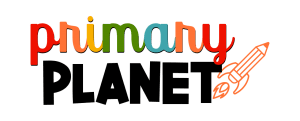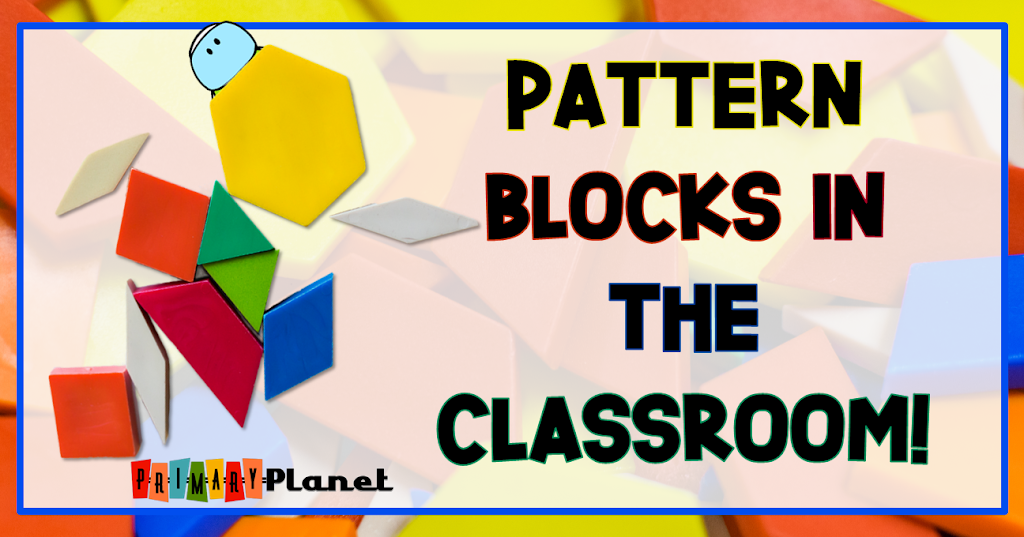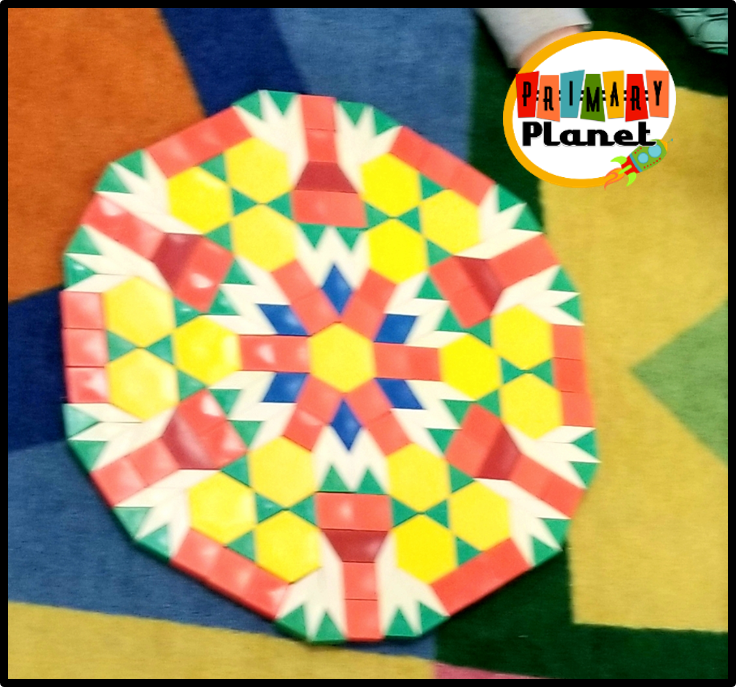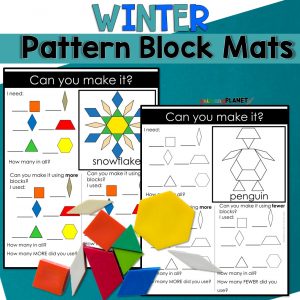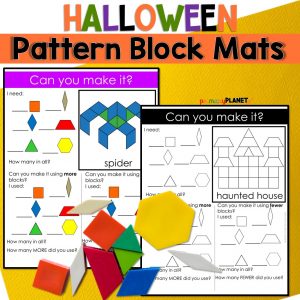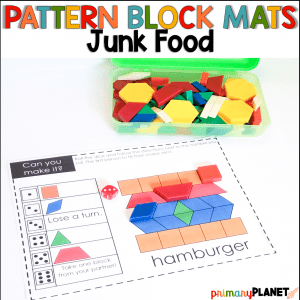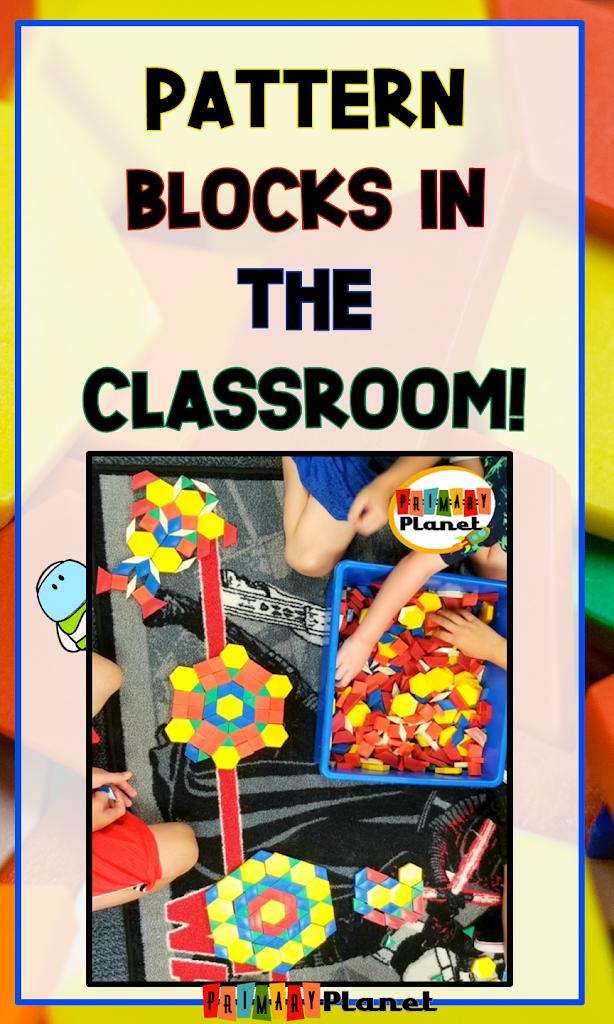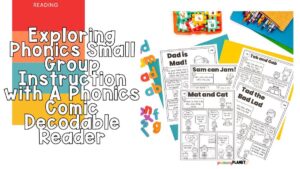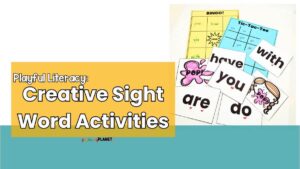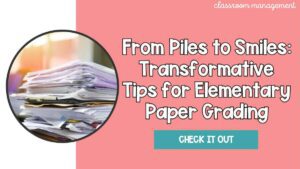
Pattern Block Activities (with freebies)
Ah, Pattern Block Activities! Confession Time. Pattern blocks are my favorite! If I get any time during my school day to get on floor and interact with my students, I choose to play with Pattern Blocks!
I LOVE using pattern blocks in my classroom! There are so many great activities that you can do with these versatile math manipulatives! Read on to see how I use these fun math tools in my classroom.
This blog post does contain an affiliate link for Amazon. If you choose to purchase something through the links provided, I do receive a small commission at no cost to you. I use this money to purchase things for my classroom that I blog about. Thank you for your support!
Pattern block activities are always a hit with my kiddos. I even had a student this year ask his mom to get him some for home! No better endorsement than that. So, here are a few ways that I use pattern blocks in my classroom. Most of the ideas here can really be for most math manipulatives in your classroom.
What are Pattern Blocks?
Pattern blocks are a math manipulative that consists of blocks in six color-coded geometric shapes. They are red trapezoids, orange triangles, yellow hexagons, green triangles, blue parallelograms, and tan rhombuses. They are designed so that the side measures and the angle measures make it very easy to bit the blocks together to make tiling patterns that can cover a flat surface completely.
Use Pattern Blocks to help establish Math Centers (or Work Places)
At the beginning of the school year, we are always busy setting up classroom routines and procedures. We have to do activities that don’t require a lot of instruction to help get the kiddos into the routine. Pattern blocks are perfect when setting up your math centers. You can put them in a tub anywhere in the room, and the kiddos can explore and create to their heart’s content! Of course, there do have to be a few rules. Mine are usually don’t throw the pattern blocks, and don’t put the pattern blocks in your mouth. Those two are usually sufficient. This is often my favorite center! If I get a chance, I often play at this center with my students which they love.
Pattern Blocks in Small Math Groups
Using small groups to teach math is a great way to meet the needs of all of your students during your math block. Pattern blocks are perfect for helping your students discover, explore and investigate shapes and mathematical concepts. They provide a visual image when teaching fractions and fraction algorithms. The yellow hexagon can be covered by putting together 6 green blocks, 2 red blocks, or 3 blue blocks. So, if the yellow piece is one whole, what part of the whole would a red block be? Or a green, or a blue? They are also great when teaching shape names and properties. They can also be used for patterning, color recognition, critical thinking, or just as counters.
Pattern Blocks are Perfect for Morning Work Activities and or Fast Finishers
Pattern blocks are super fun for morning work activities. I recently did a blog mini-series on alternatives for worksheets during morning work. You can find those posts HERE and HERE. Morning tubs are a very popular way of starting the school day! Using pattern block mats, games and puzzles are great ways to get your kiddos ready to start their day, or keep them learning when they are finished with their classwork!
- Pattern block mats. There are TONS of free pattern block mats that you can print on Pinterest. These are usually pictures that the students can use the pattern blocks to create.
- Pattern Block Mat Puzzles. These are pattern block mats that your students can use individually that also has them create a picture using their blocks, but take it a bit further. These ask your students to count the number of blocks that they are using and asks them to think critically on different ways they can create the same picture using more or fewer blocks. They also ask the students to do the math to figure out how many more or fewer blocks they used!

I print them, laminate them, and put them in a tub with the pattern blocks, dry-erase markers, and erasers. My kiddos LOVE these! Want to try them? You can get this fun freebie when you sign up for my newsletter! You will not only get THIS freebie, but a ton of other great freebies in my Free Resource Library!
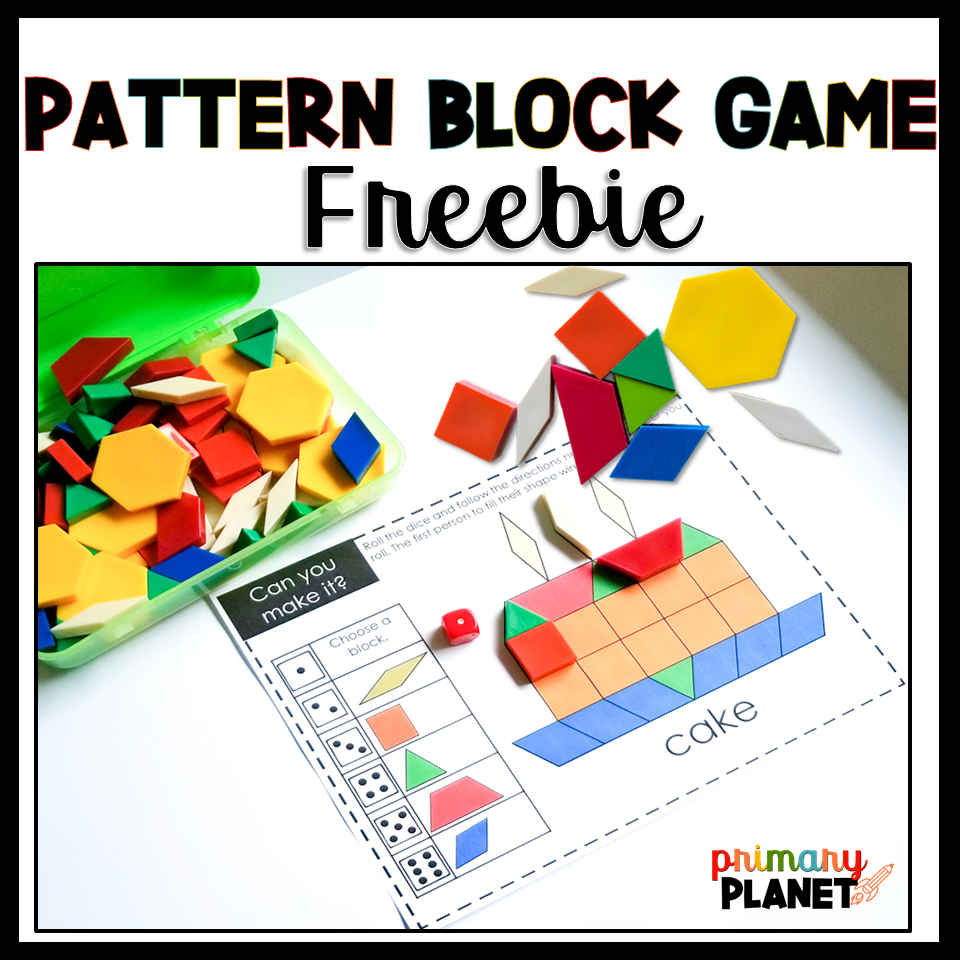
- Pattern Block Games. These fun math games really get your students thinking about the shapes and how they work together when making pictures. These games are played with a partner. They also included different versions of the game (in both color and black and white) to easily differentiate!
Informal Assessments with Pattern Blocks
Watching your students while they are working with the pattern blocks can give you an idea of how they approach a math problem. You can see their thinking by the way they choose to use the pattern blocks. Talking to your student as they use the pattern blocks can also tell you their thought processes as they attack a problem.
By observing students you can get a sense of learning styles, spatial sense, and reasoning skills.
Have I convinced you how great pattern blocks are? I would love to hear how you use pattern blocks in your classroom! Drop me a comment!
Don’t have pattern blocks yet? You can get them here through this Amazon affiliate link (if you make a purchase I receive a small commission at no cost to you.
Love the ideas in this post and want to get these terrific pattern block mats and games? You can find them in my store HERE!
Don’t lose your great freebies! Pin the image below to save for later!
Don’t miss out on anything here on Primary Planet! Subscribe to my newsletter for more teacher tips and awesome freebies!
Thanks for reading! Happy Teaching,

Share it:
- Read more about: math
